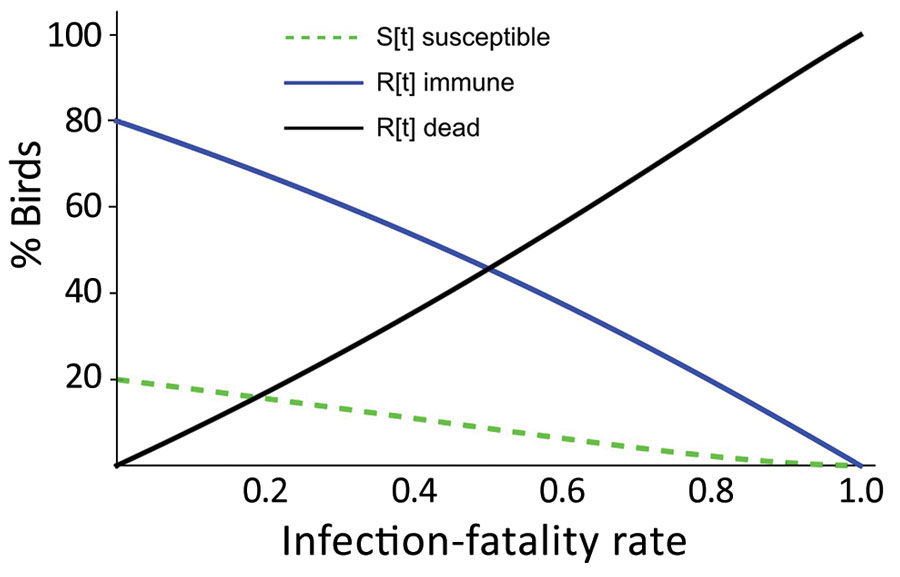Mass Mortality Caused by Highly Pathogenic Influenza A(H5N1) Virus in Sandwich Terns, the Netherlands, 2022
Jolianne M. Rijks
1
, Mardik F. Leopold
1, Susanne Kühn, Ronald in ‘t Veld, Fred Schenk, Allix Brenninkmeijer, Sander J. Lilipaly, Mónika Z. Ballmann, Leon Kelder, Job W. de Jong, Wouter Courtens, Roy Slaterus, Erik Kleyheeg, Sandra Vreman, Marja J.L. Kik, Andrea Gröne, Ron A.M. Fouchier, Marc Engelsma, Mart C.M. de Jong, Thijs Kuiken, and Nancy Beerens
Author affiliations: Dutch Wildlife Health Centre, Utrecht University, Utrecht, the Netherlands (J.M. Rijks, M.J.L. Kik, A. Gröne); Wageningen Marine Research, Den Helder, the Netherlands (M.F. Leopold, S. Kühn); Staatsbosbeheer Zuid-Hollandse Delta, Numansdorp, the Netherlands (R. in ’t Veld); Stichting Het Zeeuwse Landschap, Wilhelminadorp, the Netherlands (F. Schenk); Province of Groningen, Groningen, the Netherlands (A. Brenninkmeijer); Deltamilieu Projecten, Vlissingen, the Netherlands (S.J. Lilipaly, M.Z. Ballmann); Staatsbosbeheer Beheereenheid de Kop, Schoorl, the Netherlands (L. Kelder); Bureau Waardenburg, Culemborg, the Netherlands (J.W. de Jong); Research Institute for Nature and Forest, Brussels, Belgium (W. Courtens); Sovon Dutch Centre for Field Ornithology, Nijmegen, the Netherlands (E. Kleyheeg, R. Slaterus); Wageningen Bioveterinary Research, Lelystad, the Netherlands (S. Vreman, M. Engelsma,, N. Beerens); Department of Viroscience, Erasmus MC, Rotterdam, the Netherlands (R.A.M. Fouchier, T. Kuiken); Wageningen University and Research, Quantitative Veterinary Epidemiology group, Wageningen, the Netherlands (M.C.M. de Jong)
Main Article
Figure 2

Figure 2. Model result for the introduction of highly pathogenic avian influenza (HPAI) A(H5N1) clade 2.3.4.4b viruses into a local Sandwich tern breeding colony population, the Netherlands. Graph demonstrates the distribution at the end of the local HPAI H5N1 outbreak, for dead (or departed) birds, escaping susceptible birds, and immune birds as a function of the infection-fatality rate (IFR), for a Sandwich tern population that was naive for HPAI H5N1 at the start of the local outbreak, for R0 = 2. The model output indicates that the fraction of birds infected with HPAI H5N1, and hence also the fraction that dies, will increase with infection-fatality rate and that at a rate above 90%, virtually no more susceptible birds remain, only immune or dead (or departed) birds.
Main Article
Page created: October 21, 2022
Page updated: November 22, 2022
Page reviewed: November 22, 2022
The conclusions, findings, and opinions expressed by authors contributing to this journal do not necessarily reflect the official position of the U.S. Department of Health and Human Services, the Public Health Service, the Centers for Disease Control and Prevention, or the authors' affiliated institutions. Use of trade names is for identification only and does not imply endorsement by any of the groups named above.
